An all-new WiFi system, a premium security service, and our vision for the home of the future.
It’s crazy to think just two years ago, binge-watching House of Cards from bed meant crossing your fingers and hoping the router in your living room would cut it — a proposition about as likely as a pleasant experience at the DMV.
eero changed everything with a powerful idea: that a system of wireless access points placed throughout the home could deliver WiFi so good, you’d never think about it again. eero systems now provide fast, reliable WiFi to hundreds of thousands of homes across the United States, and many companies have raced to release systems of their own. Visit your local Best Buy and you’ll even find home WiFi systems now have their own aisle.
And we haven’t stood still — using anonymous and aggregated data from those hundreds of thousands of homes, we’ve improved eero through more than 30 over-the-air (OTA) updates. Last November’s release of our proprietary TrueMesh software more than doubled performance in many homes, overnight.
But not everything can be done through software alone. Today, we’re excited to announce two completely new products — the 2nd-generation eero and a powerful companion called eero Beacon — that make connectivity better than ever for more homes than ever. We’re also introducing eero Plus, the first service built on top of eero, that acts as a “home security system” for your internet.
Our vision for eero is to go beyond providing perfect connectivity by adding context and intelligence to our homes. As everything in our homes comes online, and we consume more and more content over the internet, we can imagine services and experiences — whether built by us or partners — relying on eero for WiFi and more. We can even imagine changing everything again, this time with another much bigger idea: that over time eero just might evolve into the underlying operating system for the home of the future.
The all-new eero — same size, twice the power
The all-new eero is the same form factor as the original eero, but more than twice as powerful. While we could have gone the typical WiFi industry route to improve performance — make the product much bigger with more room for radios and antennas — that would have gone against our core product belief that technology should fade into the background of our homes.
Despite being a fraction of the size of one of its primary competitors, eero (2nd generation) can outperform it by up to 50%.1 It’s the only WiFi access point of its size that can broadcast on three wireless radio bands simultaneously (tri-band WiFi). In your home, this means that you and your family can do even more — downloading huge files, FaceTiming, multiplayer gaming, VR. All at the same time. Your eero system won’t break a sweat.
eero (2nd generation) can be added to any existing eero system. It’s perfect for areas of the home with high-bandwidth activities (like the family room), those with Ethernet wiring, and those with devices (like a printer or desktop computer) that require an Ethernet port. The all-new eero will be at the center of every new eero system, connecting directly to your modem.
When we began to develop 2nd-generation hardware concepts, we looked at the data on existing eero systems and noticed that over half of our current customers had placed eeros in hallways, stairwells, kitchens, and bathrooms. Many of these ended up on the floor or on already-cluttered kitchen counters. eero Beacon moves off the counter and right onto the wall, plugging directly into an outlet. Despite being half the size of eero, it’s a full-fledged access point with 30% better performance than the first-generation eero.
Because Beacons work in any room, they make an eero system more customizable than ever. Add as many as you need to a new or existing system to cover your entire home. eero Beacon doesn’t have an Ethernet port, so every eero WiFi system requires an eero (1st or 2nd generation) to connect to your modem.
Since eero Beacon works well in hallways, stairwells, and kitchens, it features a built-in nightlight to keep your family from tripping over that forgotten shoe. An ambient light sensor automatically adjusts the brightness depending on the time of day, or you can easily control the light by setting schedules in the app.
Thread
WiFi can transmit lots of data very quickly, but it’s power-intensive, which is why most connected devices require a large battery or a constant connection to power. To truly be able to add sensors and gadgets throughout your home, you need a reliable connectivity option that requires less power than WiFi. That’s why all new eero hardware comes equipped with a Thread radio.
Thread is the latest generation in a series of low-power wireless protocols like Z-wave, Bluetooth, and Zigbee, but because it uses IPv6 natively, it’s more reliable, and employs secure protocols and encryption by default. We’re the first WiFi system to include an active Thread radio, and believe it will have a big role to play in the connected home of tomorrow. Built right into your eero system, Thread will mean fewer hubs (on your counter or TV stand). And coupled with over-the-air software updates, it means your new eero system comes future-proofed.
Our new app
To go along with the new hardware, we’ve given the eero app a refreshed look and new tools, including a home-type selector to help with setup. The new app will be available in the Apple App Store and on Google Play at the end of the month.
Available at Amazon, Best Buy, Target, Walmart, and eero.com
The new eero and eero Beacon are packaged together as the eero Home WiFi System. There’s a version with one eero and one eero Beacon that covers a 1-2 bedroom home for $299. With just two units, this system is actually more powerful than an original eero system with three eeros. And there’s a version that we recommend for most homes — with one eero and two eero Beacons, it covers most 2-4 bedroom homes, and is $399.
For homes with Ethernet wiring or those who just insist on the absolute best performance, the Pro WiFi System — three eeros for $499 — should comfortably cover a 3-5 bedroom home. You can mix and match new eeros and eero Beacons to meet your needs.
Place your order online today at eero.com or through any of our retail partners: Amazon, Best Buy, Target, Walmart, and leading regional retailers. These new products will start shipping at the end of the month on a first-come, first-served basis. If you want to start with a single eero (2nd generation) or add an eero Beacon to an existing system, you can purchase them at eero.com for $199 and $149, respectively.
One more thing: eero Plus, a “home security system” for your digital life
One scary headline after another led us to develop eero Plus, a premium service that we think of as a “home security system” for your family’s internet. You can’t go a week without hearing about another virus, piece of malware, or ransomware attack. In 2016 alone, according to a recent report, over a billion personal identities were compromised — that’s equal to a shocking 1/7th of the world’s population.2
When it comes to avoiding these types of threats, we can be our own worst enemy. While all eero systems come with encryption that protects and secures the traffic flowing over your network, if you or a family member visits a harmful website or connects a compromised device, you might inadvertently invite an online threat into your home.

eero Plus is an always-up-to-date security system that protects you and all your laptops, phones, and connected devices at the point at which data from the internet enters your home. If you want to visit a site we’ve never been to or that is flagged as suspicious, eero Plus will check it instantaneously to confirm it’s safe before sending you through. You won’t even notice.
Like all eero products, eero Plus will continue to evolve and improve over time. Initially, it will include:
- Advanced Security: Blocks you from accidentally accessing millions of sites associated with harmful content, like malware, ransomware, and phishing attacks. Unlike the built-in protections included in your browser or email client, the database of threats eero Plus protects against is automatically updated every single second.
- Expanded Parental Controls: Lets you filter adult, illegal, and violent content, or enable SafeSearch™ for specific profiles on your network. eero Plus ensures that as new content is posted, it’s filtered in real time.
- VIP Support: Gives you priority access to our support team so you don’t have to wait to speak with a WiFi expert.
eero Plus will be available to those with eero systems in the coming weeks via a subscription through the eero app.
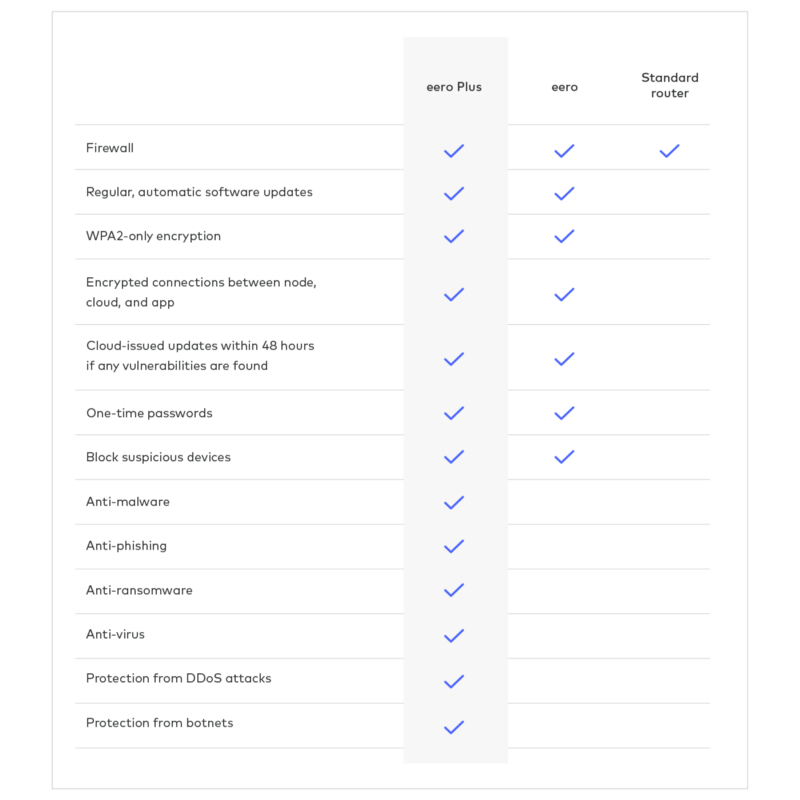 eero and the home of the future
eero and the home of the future
eero Plus is just a first glimpse at the services — first-party or third-party — that can be built on top of eero systems. But sophisticated experiences will require more than just perfect connectivity; they’ll also need context and intelligence.
Context includes information about what’s happening inside and around a home: devices and their capabilities, occupants and their preferences, the home environment, and more. eero systems already understand some of this in a very basic way. For example, in the eero app, you can see a full list of the devices connected to your network — essentially, the capabilities of your home. And eero Beacon has an ambient light sensor that reads the natural light in the room and adjusts Beacon’s nightlight accordingly.
But context is even more useful when paired with the intelligence needed to process and make sense of it. Today, every eero system has significant processing power and storage that’s not used for connectivity. Future eero systems will have a lot more of each — becoming a brain for your home, a true whole-home computer.
Everything from home automation to health monitoring could tap into the connectivity, context, and intelligence provided by an eero system. It would be similar to how an app on your iPhone relies on the phone’s hardware and iOS for processing power, communication, preferences, and much more. With eero as the operating system for your home, end devices like cameras wouldn’t need as much expensive computational power and storage, which would not only bring down the price of a fully connected and intelligent home, but reduce its complexity. More could be done locally — and you’d have total control over who has access to your data.
This is how we begin to achieve not just the push-button home of The Jetsons, but something even better: a home that understands the people living in it and can intuitively and automatically help them lead better lives.
It all starts with great connectivity, and it’s much closer than you think.
-Nick
Co-founder and CEO
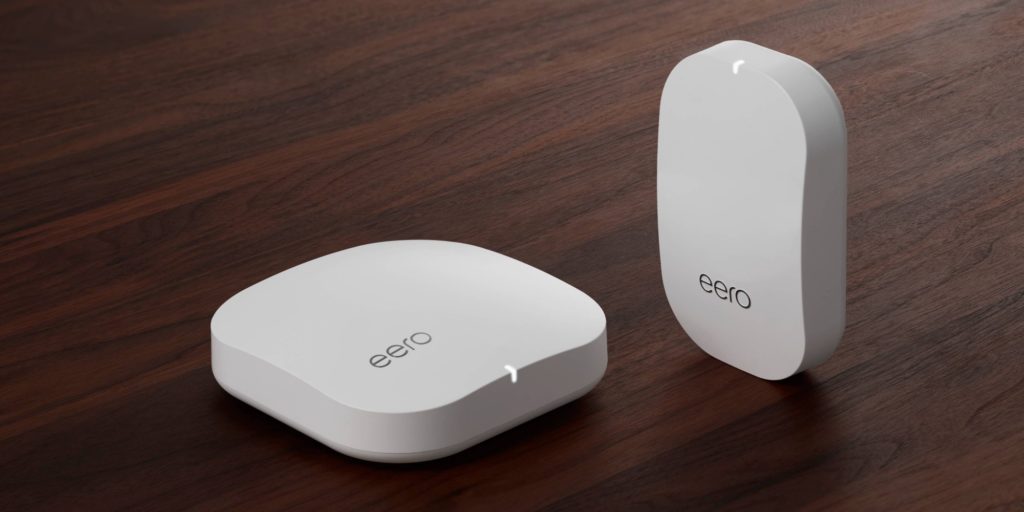


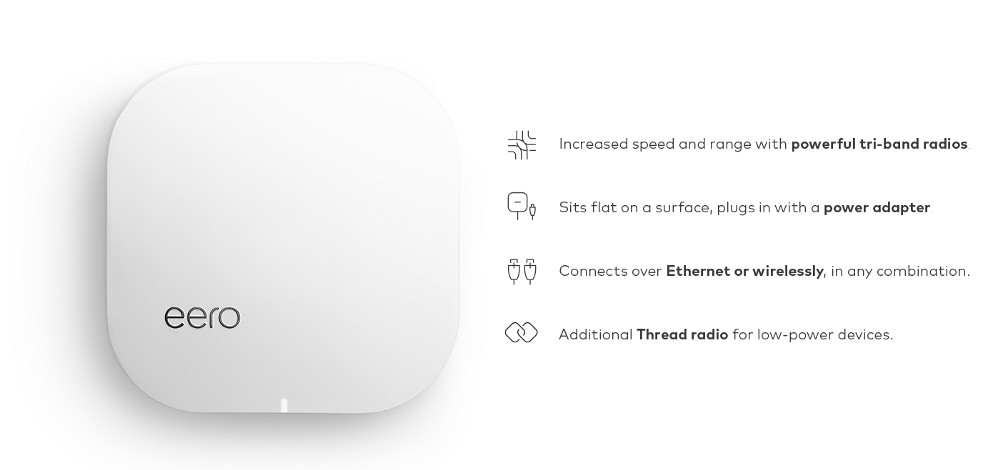

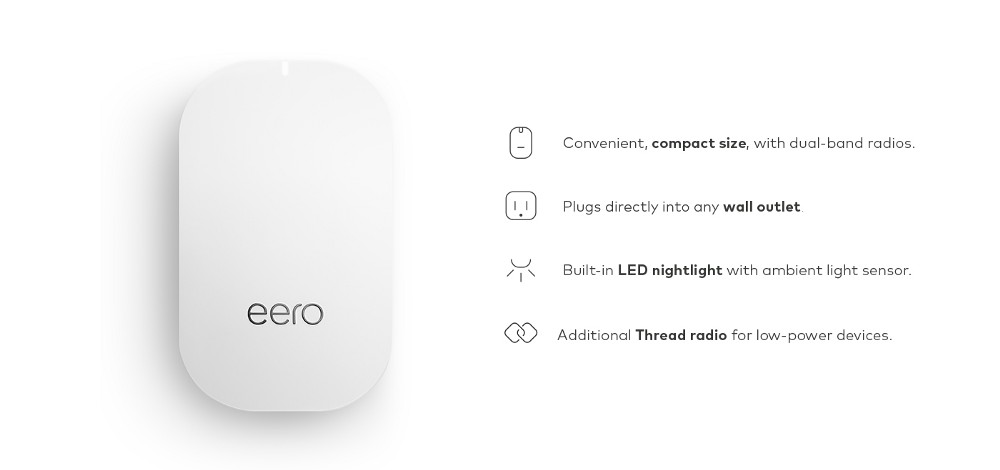
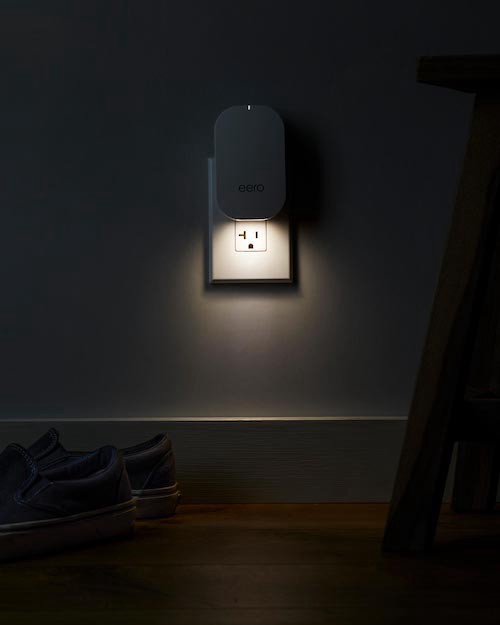

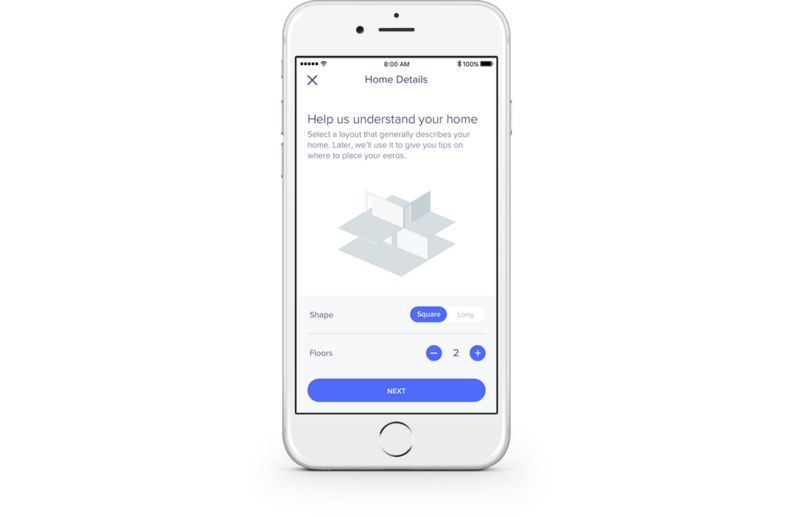

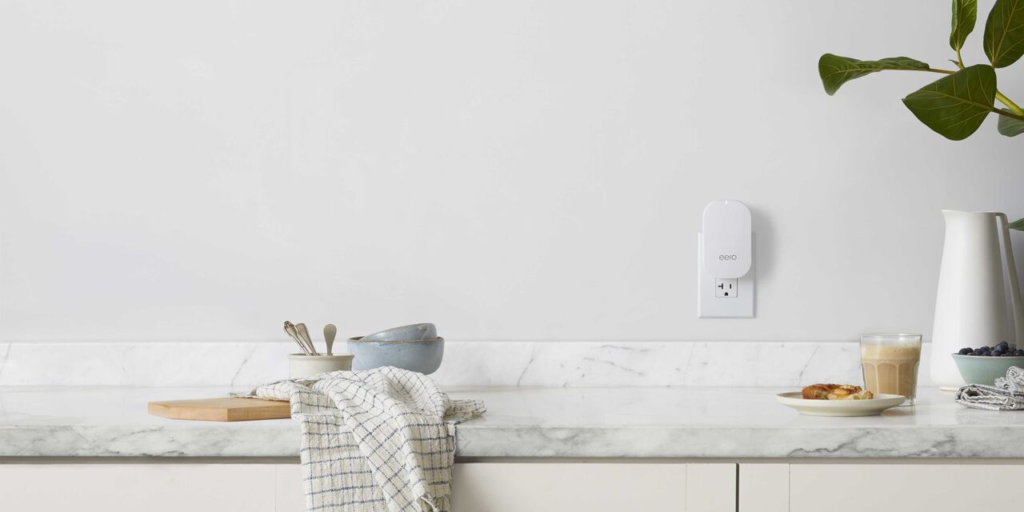
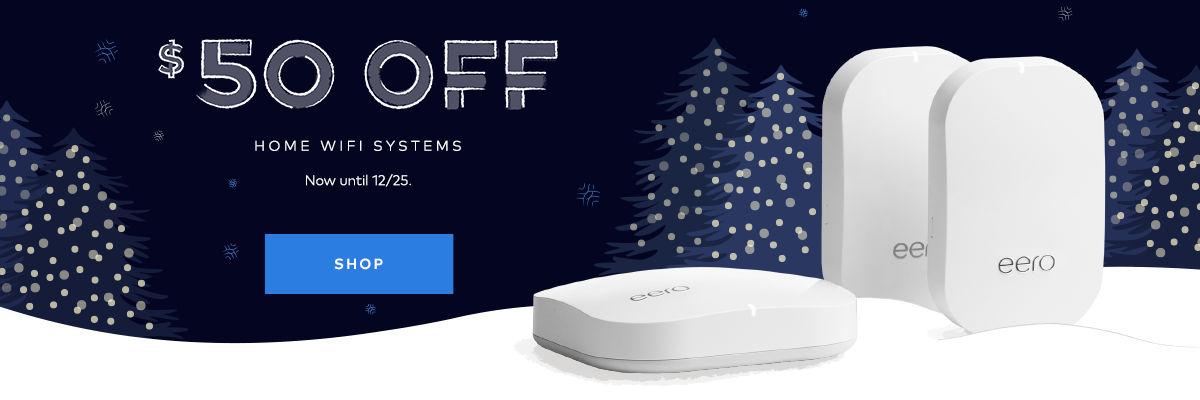
You must be logged in to post a comment.